You are about to finish your registration. Please check your mailbox (including spam folder). There should be a letter with a confirmation link. Check setting to make sure that your e-mail address is correct.
Send letter againDescription
Elizabeth II (Elizabeth Alexandra Mary; 1926–2022) was Queen of the United Kingdom and of 14 other Commonwealth realms. Her reign of 70 years and seven months, which began on 6 February 1952, was the longest of any British monarch in history.
When her father died in February 1952, Elizabeth—then 25 years old—became queen regnant of seven independent Commonwealth countries: the United Kingdom, Canada, Australia, New Zealand, South Africa, Pakistan, and Ceylon (Sri Lanka), as well as Head of the Commonwealth. Elizabeth reigned as a constitutional monarch through major political changes such as the Troubles in Northern Ireland, devolution in the United Kingdom, the decolonisation of Africa, and the United Kingdom's accession to the European Communities and withdrawal from the European Union. The number of her realms varied over time as territories have gained independence and some realms have become republics.
Times of personal significance have included the births and marriages of her children, grandchildren, and great grandchildren, her coronation in 1953 and the celebrations of her Silver, Golden, Diamond, and Platinum jubilees in 1977, 2002, 2012, and 2022, respectively.
Obverse

|
First crowned portrait of HM Queen Elizabeth II facing right, wearing the stylized heraldic Tudor Crown. QUEEN ELIZABETH THE SECOND |
|---|---|
Reverse

|
Figure and horseheads above shielded arms and circular pictures, denomination and date divided below. BRITISH CARIBBEAN TERRITORIES |
| Edge |
50 Cents
1st portrait
KM# 7
Characteristics
| Material | Cupronickel |
| Weight | 13 g |
| Diameter | 30 mm |
| Thickness | 2.36 mm |
| Shape |
|
| Alignment | Medal |

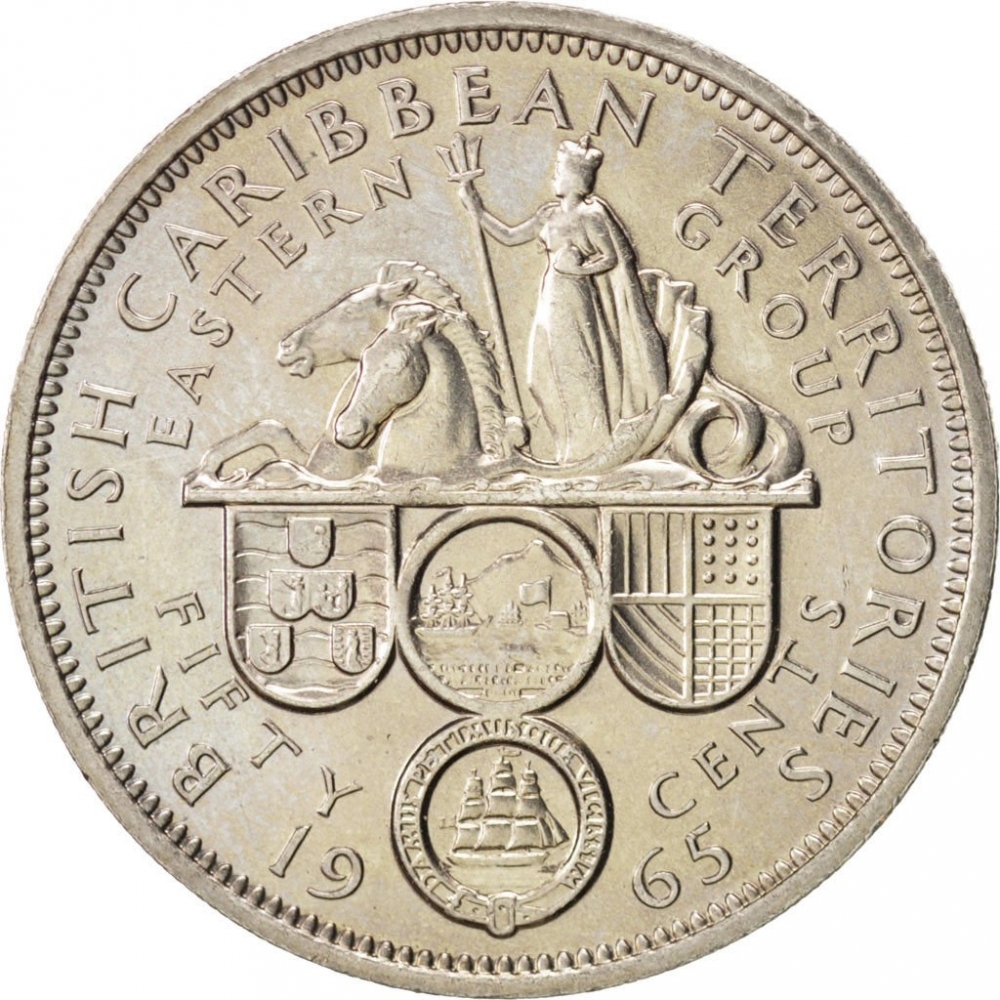
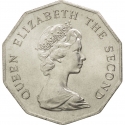
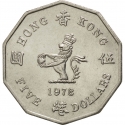
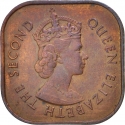
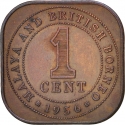
_Pounds_50/1998-2006_01.10.2024_14.38-125.jpg)
_Pounds_50/1998-2006_01.10.2024_14.38_01-125.jpg)